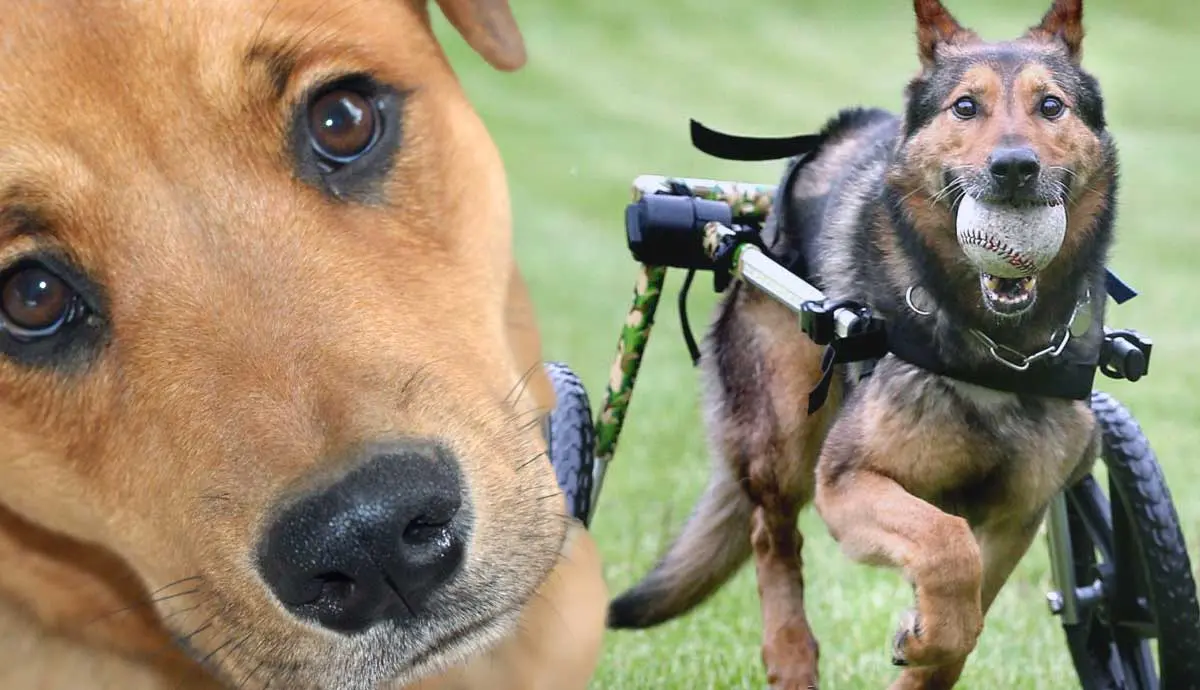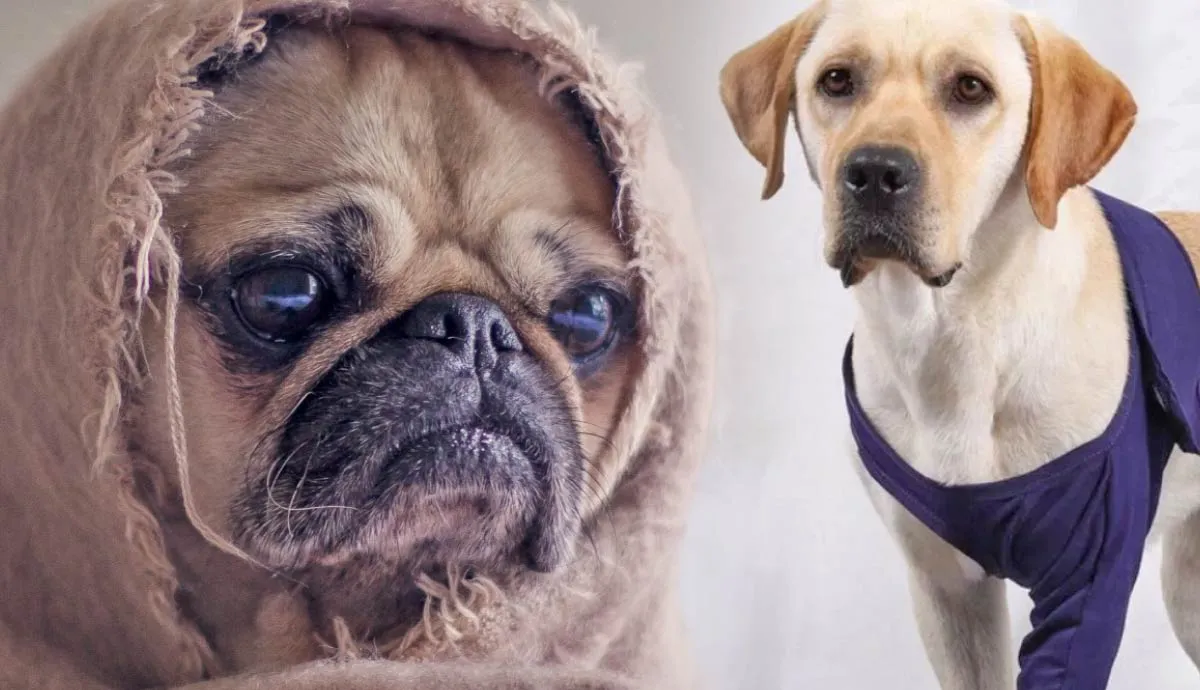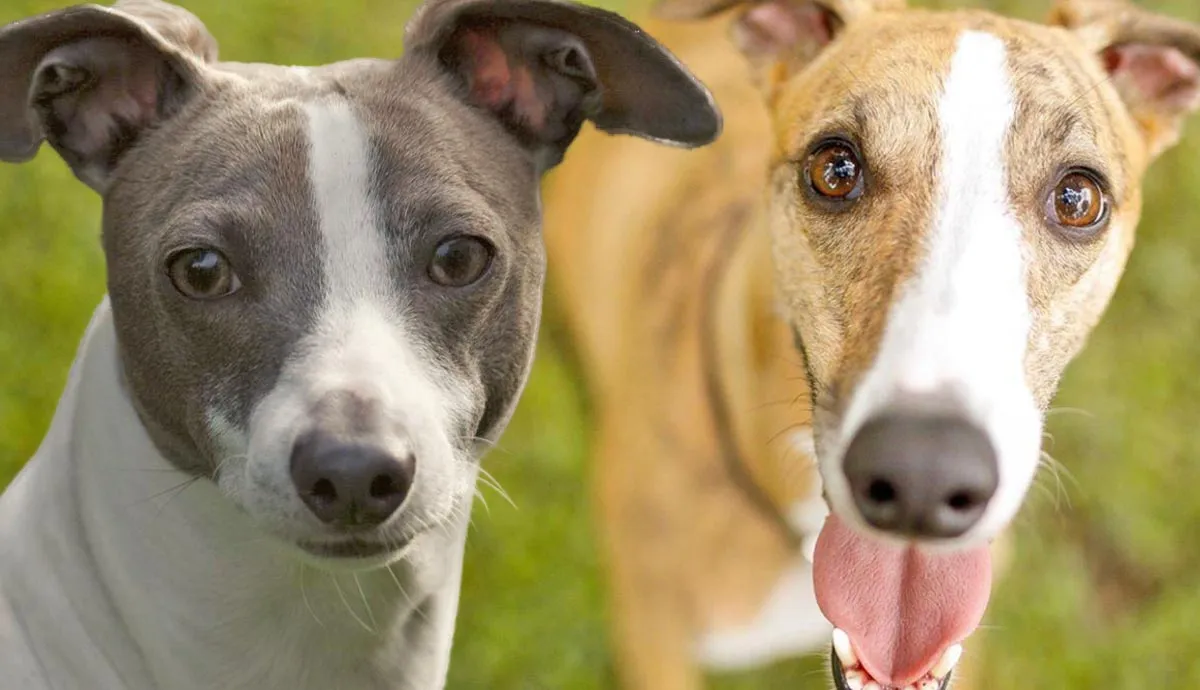Addressing the misconceptions about canine degenerative myelopathy (DM) is important, especially for those in the dog breeding community. A progressive neurological disease that occurs later in life, DM-affected dogs quickly lose their quality of life. Let’s look at what degenerative myelopathy is and what genetic testing means in breeds that are more prone to the disease.
Degenerative Myelopathy Definition and Causes
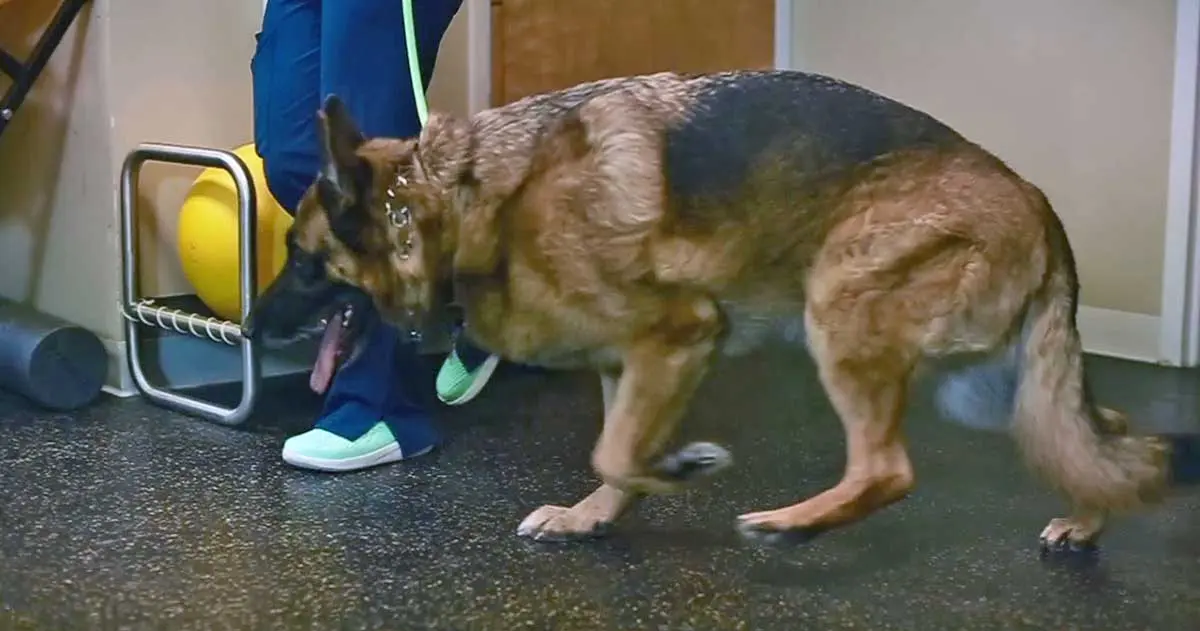
Also known as chronic degenerative radiculomyelopathy (CDRM), degenerative myelopathy affects the spinal cord. As the disease slowly progresses, there is weakness and paralysis in the hind limbs. The degeneration of the white matter in the spinal cord causes the symptoms to appear.
Many people tend to call degenerative myelopathy Canine Lou Gehrig’s Disease because the disease is similar to the human disease amyotrophic lateral sclerosis (ALS). Later stages of DM will cause ataxia or stumbling and wobbling when standing or walking and progressive weakness in the hind limbs.
It is difficult to determine the exact causes of DM. When in the early stages, a dog’s symptoms may resemble osteoarthritis of the hip joints. Other possible causes of DM may be spinal injuries, lumbosacral stenosis, tumors on the spine, myasthenia gravis, and fibrocartilaginous embolism.
In over 100 different dog breeds, many DM cases are caused by a mutation in the SOD1 gene. This is an inherited gene, and a dog must have two copies, one from each parent, of the SOD1 gene to be affected and develop DM.
Signs and Symptoms of Degenerative Myelopathy
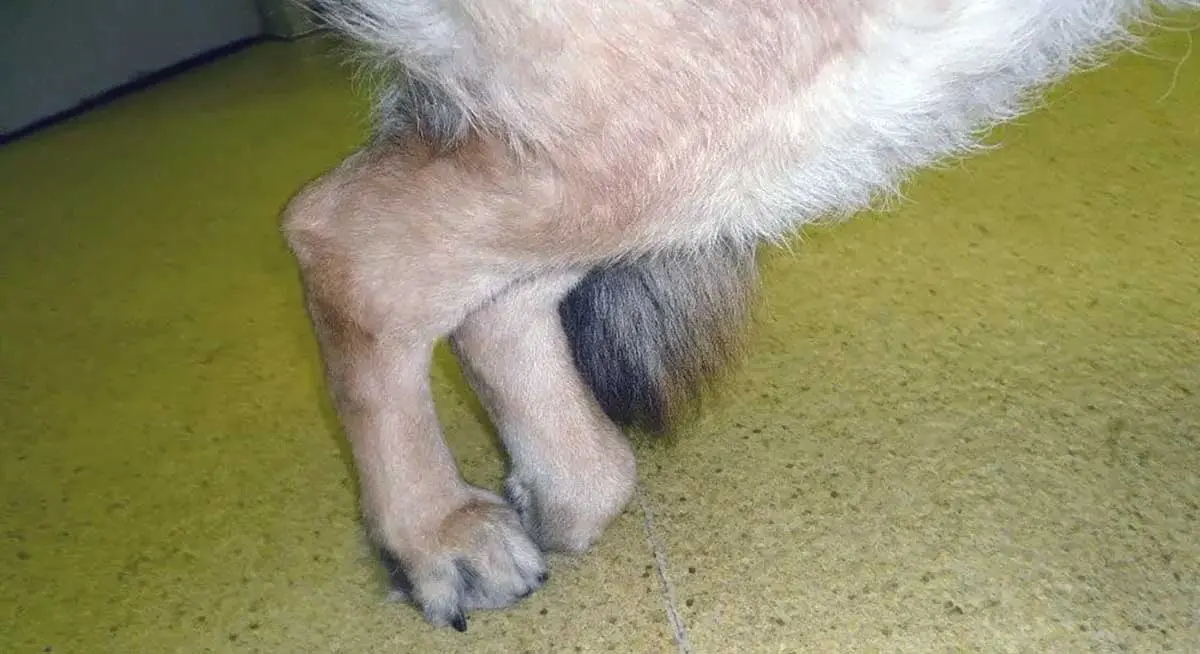
Generally, symptoms of DM in dogs begin presenting between seven and ten years of age with hind limb weakness and loss of balance but do not seem to be in pain. Dogs will have a hard time getting up after lying down for a while. They will drag their hind feet, and you will notice them crossing their hind legs abnormally when standing.
As DM progresses, the dogs affected will have progressive weakness in their front limbs and eventually lose the ability to walk. Many dogs affected with DM will also develop fecal and urinary incontinence as the disease progresses. Euthanasia generally occurs six months to two years after symptoms appear and quality of life diminishes.
Signs and symptoms include:
- Hind limbs seem to sway when standing still
- Hind feet knuckle or turn under as the dog walks
- Falling over when pushed from the side
- When walking the hind feet scrape the ground
- Difficulty standing up from a lying position
- Front limbs show weakness and feet scrape or knuckle under when walking
CDM: Susceptible Breeds

A very common misconception about degenerative myelopathy is that it cannot or is not present in a specific breed or bloodline even though the SOD1 gene mutation is present. There have been several cases where a dog inherits two copies of this gene and never develops symptoms of DM. In these cases, there must be some other genetic factor that slows the disease progression or environmental factors that protect a dog from developing symptoms. There are still many questions as to why some dogs with two copies of this gene never fully develop the disease.
Dogs that have inherited two copies of the SOD1 gene should never reproduce, especially when bred with a dog that possesses one or two copies of the gene. Puppies from two clinically affected dogs can develop DM even if their parents did not. Genetic testing for DM is very important for the following breeds:
- Bernese Mountain Dogs
- Boxer
- Cardigan Welsh Corgis
- Chesapeake Bay Retrievers
- Collies
- German Shepherd Dogs
- Golden Retrievers
- Kerry Blue Terrier
- Miniature Poodles
- Nova Scotia Duck Tolling Retrievers
- Siberian Huskies
- Pembroke Welsh Corgis
- Pugs
- Rhodesian Ridgebacks
- Wirehaired Fox Terriers
Degenerative Myelopathy Genetic Testing
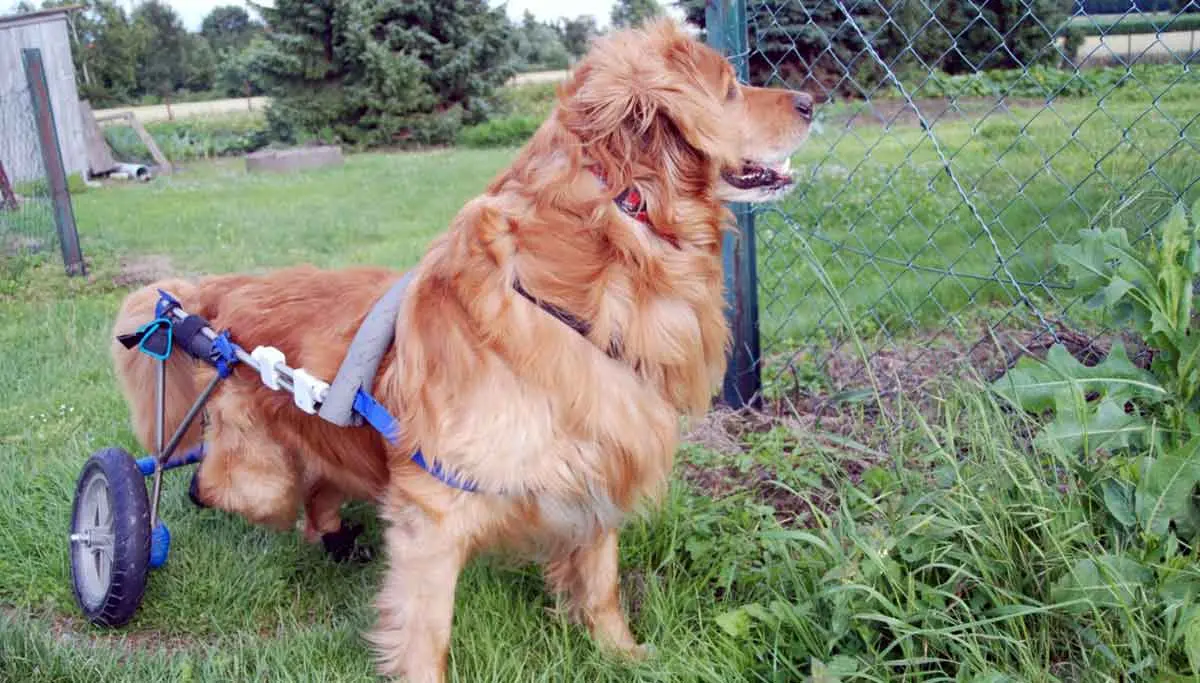
Many people are under the misconception that genetic testing for DM is inaccurate and not useful in their breeding programs. A major contributing factor to this misconception is the fact that there are dogs that test affected, meaning they have two copies of the SOD1 gene, and never present with symptoms.
Another issue is that some DM-affected dogs will not have the SOD1 gene or only have one copy but still present with symptoms of degenerative myelopathy. The SOD1 gene is not the only mutation that can cause DM in dogs, there are still other factors that have not been conclusively identified. Research is still ongoing.
Most genetic tests only test for one mutation, the SOD1 gene. Other factors have not been fully identified, and therefore, genetic tests have not been developed for those factors or mutations. It is difficult for people, even breeders who have studied genetic test results, to understand how a dog that tests as affected never develops the disease or how a dog that tests as a carrier or clear can still show symptoms of DM. Dogs that are carriers have one copy of the SOD1 gene, clear dogs do not have the gene.
Still Learning and Researching

The disease has been known to rob dogs of their golden years and leave their owners with unanswered questions and heartbreak. While there is still much to learn about degenerative myelopathy, the advancements in research have determined specific factors and gene mutations that have been known to cause the disease.
Ethical breeders will have their dogs genetically tested for DM and will not breed any dog that tests as affected and will only breed a dog that tests as a carrier to a dog that tests clear. This will ensure that dogs with the SOD1 mutation are not being bred together. Breeders have a responsibility to educate their puppy buyers about the risks of DM and the limits of genetic testing.
